Parsley vs Cilantro: Differences, Uses, and Growing Tips
Introduction
Parsley and cilantro are two of the most widely used and versatile herbs, beloved by both home gardeners and professional chefs around the world. With their vibrant green leaves, these herbs are often mistaken for one another, especially when lined up in the garden or grocery store. However, despite their similar appearance, parsley and cilantro bring unique flavors, nutritional profiles, and specific growing requirements to the table. Understanding the distinctions between parsley vs cilantro can help you make more informed choices when planning your herb garden or deciding which herb to add to your favorite recipes. In this article, we’ll explore everything you need to know about these two herbs, from their taste profiles and health benefits to growing tips and popular culinary uses.
What is Parsley?
Parsley (Petroselinum crispum) is a biennial herb native to the Mediterranean region. Known for its fresh, slightly peppery flavor, parsley is often used as both a garnish and ingredient in various cuisines worldwide. There are two main types of parsley: flat-leaf (Italian) and curly leaf. Flat-leaf parsley is favored for its more robust flavor, while curly parsley is often used as a decorative garnish. Parsley is rich in vitamins, especially vitamin K, and offers several health benefits, making it a valuable herb for both culinary and medicinal uses.
What is Cilantro?
Cilantro, also known as Coriandrum sativum, is an annual herb popular in Latin American, Indian, and Asian cuisines. This herb has a bright, citrusy taste, though some people perceive its flavor as soapy due to genetic differences. Cilantro is unique in that both its leaves and seeds are used in cooking; while the fresh leaves are known as cilantro, the seeds are called coriander and are used as a spice. Cilantro is packed with essential nutrients and is particularly noted for its detoxifying properties, believed to help remove heavy metals from the body.
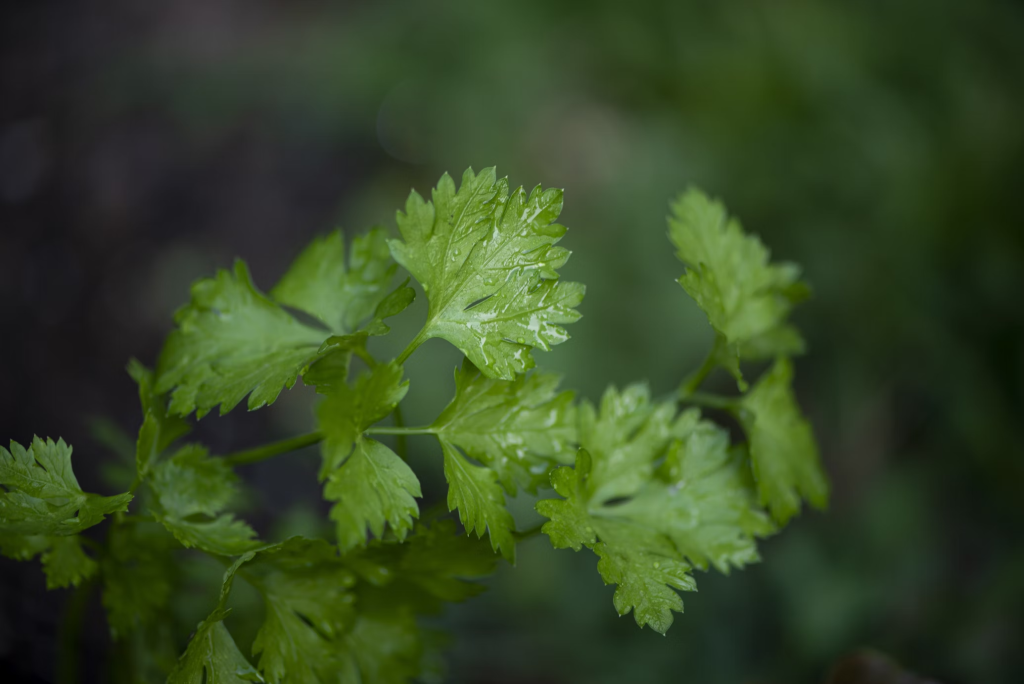
Parsley vs Cilantro: What’s the Difference?
At first glance, parsley and cilantro may appear similar, but they are distinct in flavor, texture, aroma, and even nutritional content. Let’s explore the key differences between parsley vs cilantro in detail.
Flavor
The flavor is often the most recognizable difference between parsley and cilantro.
- Parsley: Parsley has a mild, earthy, and slightly bitter flavor that complements a variety of dishes without overpowering other ingredients. This versatile herb pairs well with flavors from Mediterranean and European cuisines and is often used as a garnish or blended into sauces.
- Cilantro: Cilantro has a bold, zesty taste with a hint of citrus. Its strong, fresh flavor makes it a staple in Latin, Indian, and Asian dishes. However, cilantro’s unique taste can be polarizing; some people find it refreshing, while others detect a soapy flavor due to genetic differences.
Texture
The texture of parsley and cilantro varies slightly, influencing their use in dishes.
- Parsley: The leaves of parsley are relatively flat and smooth, especially in the Italian flat-leaf variety. Curly parsley, on the other hand, has a more rigid texture, which makes it suitable as a garnish.
- Cilantro: Cilantro leaves are softer and more delicate than parsley, making them ideal for adding a fresh finish to dishes. The stems are tender and often included in recipes to maximize flavor.
Appearance
While parsley and cilantro may look alike from afar, a closer look reveals notable differences.
- Parsley: Parsley leaves are typically finely divided and slightly serrated around the edges. Italian flat-leaf parsley has a more distinct shape compared to the tightly curled leaves of curly parsley.
- Cilantro: Cilantro leaves are broader, rounder, and have more jagged edges. The leaves resemble those of Italian flat-leaf parsley but are typically rounder and slightly more vibrant in color.
Aroma
Aroma is another key factor that sets parsley and cilantro apart.
Cilantro: Cilantro has a stronger, pungent aroma with citrusy undertones. Its scent is highly recognizable and often associated with Latin and Southeast Asian cuisines. The distinct aroma of cilantro can be refreshing to some but overwhelming or “soapy” to others..
Parsley: Parsley has a fresh, mild aroma that’s subtle yet slightly peppery. It adds an understated freshness to dishes without overpowering other scents or flavors.
Nutritional Benefits of Parsley and Cilantro
Both parsley and cilantro are packed with nutrients, making them valuable additions to any diet.
- Parsley: Rich in vitamins A, C, and K, parsley supports immune function, skin health, and bone strength. It’s also high in antioxidants, which may reduce inflammation and protect cells from damage.
- Cilantro: Cilantro is high in vitamins A, C, and K, as well as minerals like potassium and manganese. It also contains powerful antioxidants and may help remove heavy metals from the body.
While both herbs offer health benefits, cilantro has a reputation for detoxification due to its chelating properties, which bind heavy metals.
Growing Parsley and Cilantro at Home
Growing herbs at home is both satisfying and practical. Here’s what you need to know to get the most out of parsley vs cilantro in your garden.
Planting Requirements
- Parsley: Parsley is a biennial plant, meaning it will grow leaves the first year and flower in the second. It prefers full sun but can tolerate partial shade, making it ideal for various garden setups.
- Cilantro: Cilantro is an annual herb that completes its life cycle in one season. It prefers cooler temperatures and grows best in early spring or fall. In hot climates, cilantro may bolt quickly, going to seed and losing flavor.
Both parsley and cilantro grow well in containers, making them excellent choices for indoor window plants or small balcony gardens.
Soil and Watering
Both parsley and cilantro thrive in well-draining soil. Adding worm castings to your potting mix can enhance nutrient availability and support healthy growth. When watering, keep the soil consistently moist but avoid overwatering, as soggy soil can cause root rot.
Sunlight Requirements
Understanding how much sunlight each plant needs can make a big difference in growth and flavor. Parsley prefers a balance of sun and partial shade, making it more tolerant of different light conditions. Cilantro, on the other hand, does best in cooler, shaded areas during the peak of summer. For optimal growth, place cilantro in areas that receive morning sun and afternoon shade. You can even read my detailed guide on How to Grow Cilantro from Cuttings
Harvesting and Using Parsley and Cilantro
Knowing how and when to harvest parsley and cilantro ensures you get the best flavor from your plants. Here’s a guide to harvesting these herbs and incorporating them into your meals.
Harvesting Tips
- Parsley: Start harvesting parsley leaves once the plant reaches about 6 inches in height. Pick the outer leaves first, leaving the inner leaves to continue growing. Regular harvesting encourages bushier growth.
- Cilantro: Cilantro should be harvested when the leaves are young and tender. Once the plant bolts, the flavor changes. You can also let cilantro go to seed to produce coriander, which is commonly used as a spice.
For more on harvesting leafy greens, see our article on how to cut tulips so they regrow for tips on extending the life of your plants.
Culinary Uses
The culinary applications of parsley and cilantro are diverse, adding unique flavors to various dishes.
- Parsley: Often used as a garnish or ingredient in soups, salads, and sauces, parsley enhances flavors without dominating them. It’s a staple in Mediterranean, Middle Eastern, and European cuisine.
- Cilantro: Cilantro’s distinct taste makes it ideal for guacamole, salsa, curries, and salads. Its leaves and stems are used in Latin American, Indian, and Asian cooking.
These herbs also pair well with easy-to-grow container vegetables like jalapeno plant stages, allowing you to create fresh, flavorful meals with minimal space.
Parsley vs Cilantro: Health Benefits Comparison
When comparing parsley vs cilantro, both offer impressive health benefits that make them valuable in a balanced diet.
- Parsley: Known for its anti-inflammatory properties, parsley is beneficial for digestive health, heart health, and immune support. Its high vitamin C content helps in collagen synthesis, promoting skin elasticity.
- Cilantro: Cilantro’s natural detoxifying properties may aid in heavy metal removal and support liver function. Its unique aroma also has calming effects, which can reduce stress levels.
Adding both herbs to your diet can offer a well-rounded nutrient boost.
Can You Grow Parsley and Cilantro Together?
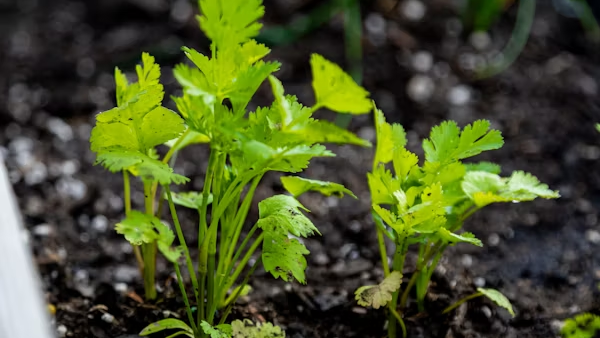
Growing parsley and cilantro together is possible, but it’s essential to understand their unique needs. Here are some tips to help both herbs thrive in the same container or garden bed.
- Space Them Apart: Give each plant enough space to spread, especially if they’re sharing a container.
- Water Consistently: Both parsley and cilantro require similar watering schedules. Keep the soil evenly moist to support healthy root systems.
- Rotate Plants: Since cilantro grows quickly and bolts, you might need to replant it throughout the season. Parsley, however, will continue to grow into the second year.
Growing parsley and cilantro together can save space in your garden, especially in a raised bed vegetable gardening for beginners setup.
What’s the Best Option for Your Garden?
The choice between parsley vs cilantro ultimately depends on your culinary preferences and climate. If you prefer a mild, versatile herb, parsley is a great choice. For a bold, distinct flavor, cilantro is ideal. Those with warm climates may find parsley easier to maintain, as cilantro can bolt quickly in high temperatures.
If you have the space, consider growing both! This combination provides versatility in the kitchen and maximizes the flavors you can incorporate into meals.
Can You Substitute Parsley for Cilantro?
Though parsley and cilantro are not exact substitutes, they can occasionally replace one another in recipes. However, keep in mind that each herb has a unique flavor profile. Parsley will provide a milder taste, while cilantro offers a zesty, citrusy note. In some dishes, such as salsa or guacamole, using parsley instead of cilantro will create a different but equally refreshing flavor.
Experimenting with these substitutions can lead to unique results in your cooking, especially if you’re growing herbs at home for easy access.
Final Thoughts on Parsley vs Cilantro
Choosing between parsley vs cilantro comes down to flavor preferences, health goals, and gardening conditions. Both herbs offer unique flavors, nutritional benefits, and versatility in the kitchen, making them worthwhile additions to any garden. Whether you’re growing in pots, raised beds, or directly in the ground, parsley and cilantro can complement a wide variety of vegetables and other herbs.
If you’re interested in adding more herbs to your garden, explore our article on how to grow basil in a pot for another easy-to-grow option. Both parsley and cilantro will enhance your garden’s diversity and give you fresh, flavorful ingredients for your favorite recipes.


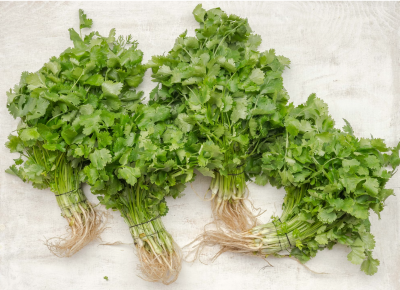





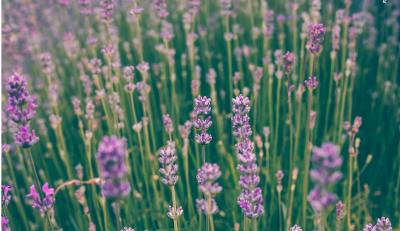



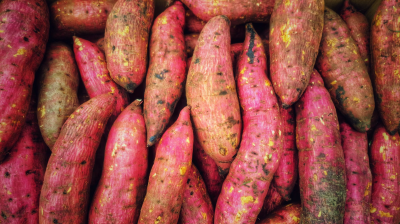
Leave a Reply